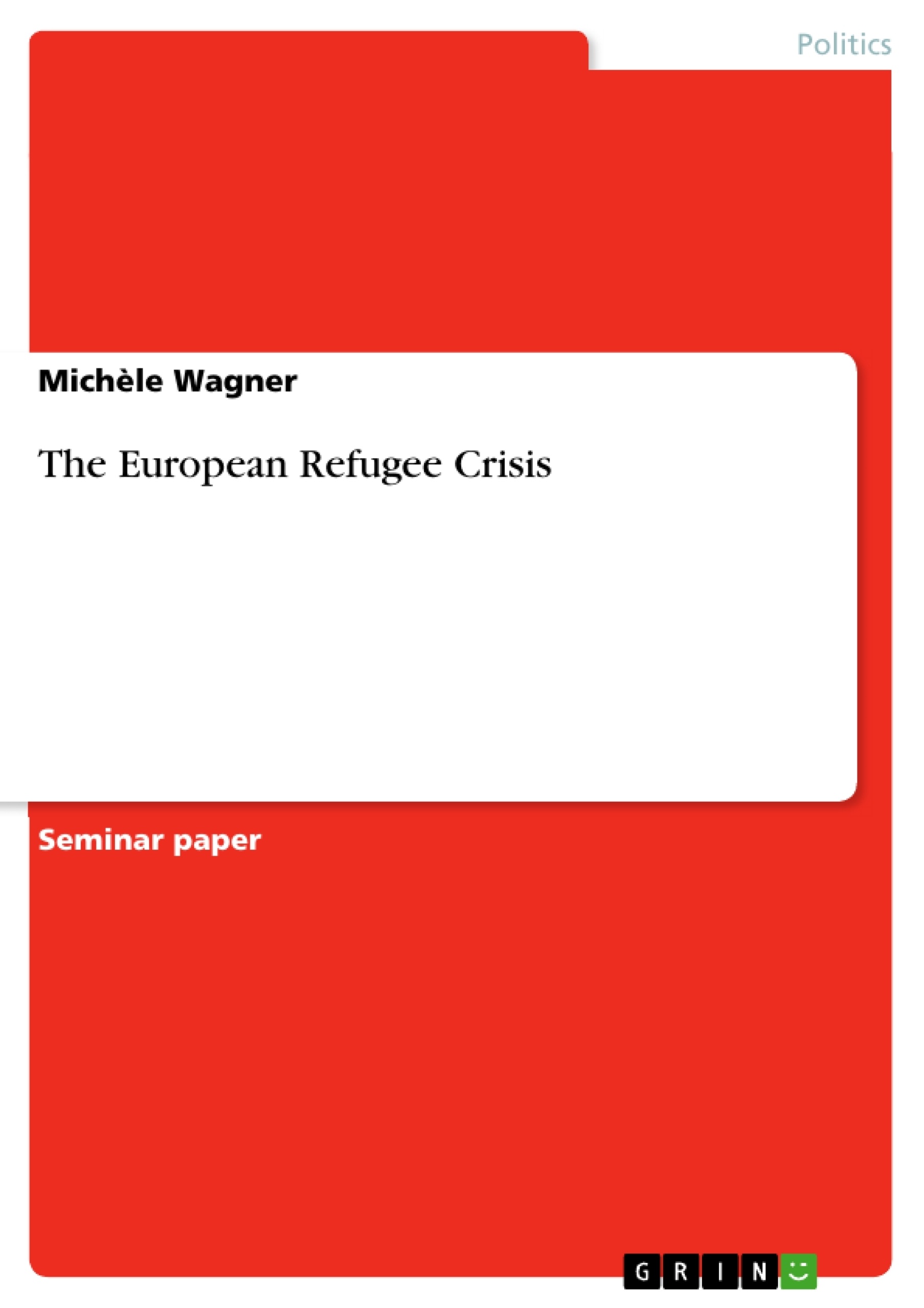The problem of this term paper is the same which millions of Europeans discuss daily, does the refugee crisis create more advantages or more disadvantages? Does it entail risks or does it bring more opportunities than expected?
This paper is intended to give a picture of migration in Europe and to show that migration is a widespread and strategic component of the industrialization history of Europe over the last 300 years. Starting with the migration of workers from Westphalia to Amsterdam in the 18th century or the migration of Italian workers to German railway and urban con-struction in the 19th century. Migrant workers who came to Paris and German Jews who fled to neighboring countries as far as the USA. It is intended to show how history can contribute to seeing today's refugee and immigration policy in a different light and to correcting the notion that Europe is not a continent of immigration. There will not be a comprehensive overview of individual events, but rather a focus on how migrations arise, happen and end. How they give host countries the chance to develop, but also the risks involved in receiving and caring for refugees. The focus of this work will be on the flow of refugees from 2015 to 2018.
Inhaltsverzeichnis (Table of Contents)
- Introduction
- Problem statement
- Aim of the paper
- A European union in transition
- A definition
- Migration and Migrants
- Integration
- Refugee
- Asylum seeker
- Cause of the refugee crisis
- Right-wing populist movements
- Charities
- Chances and Risks
- Chances for Refugees
- Chances for Europe
- Risks for Refugees
- Risks for Europe
- Abstract
- List of sources
Zielsetzung und Themenschwerpunkte (Objectives and Key Themes)
This paper aims to provide a comprehensive overview of migration in Europe, highlighting its role in the continent's industrialization history over the past 300 years. It focuses on the flow of refugees from 2015 to 2018, examining how migrations arise, happen, and end, including the opportunities and risks associated with receiving and caring for refugees.
- The historical evolution of migration in Europe and its impact on industrialization.
- The causes and consequences of the European refugee crisis, specifically focusing on the period from 2015 to 2018.
- The challenges and opportunities associated with integrating refugees into European societies.
- The role of right-wing populist movements in shaping public perception and policy responses to the refugee crisis.
- The impact of the refugee crisis on European economies and societies.
Zusammenfassung der Kapitel (Chapter Summaries)
The introduction establishes the problem of the refugee crisis, posing the question of whether it presents more advantages or disadvantages for Europe. It emphasizes the historical significance of migration in Europe and the need to understand the complexities of contemporary refugee movements.
Chapter 2 explores the evolving definition of migration and refugees, including the concepts of integration and asylum seeking. It then delves into the causes of the refugee crisis, highlighting the role of political and economic factors, particularly in the Middle East and the Balkans.
Chapter 3 focuses on the chances and risks associated with the refugee crisis for both refugees and Europe. It examines the potential benefits for refugees, including access to education, healthcare, and opportunities for a better life, as well as the challenges they face, such as discrimination, integration difficulties, and the potential for exploitation.
- Citation du texte
- Michèle Wagner (Auteur), 2019, The European Refugee Crisis, Munich, GRIN Verlag, https://www.grin.com/document/488855



